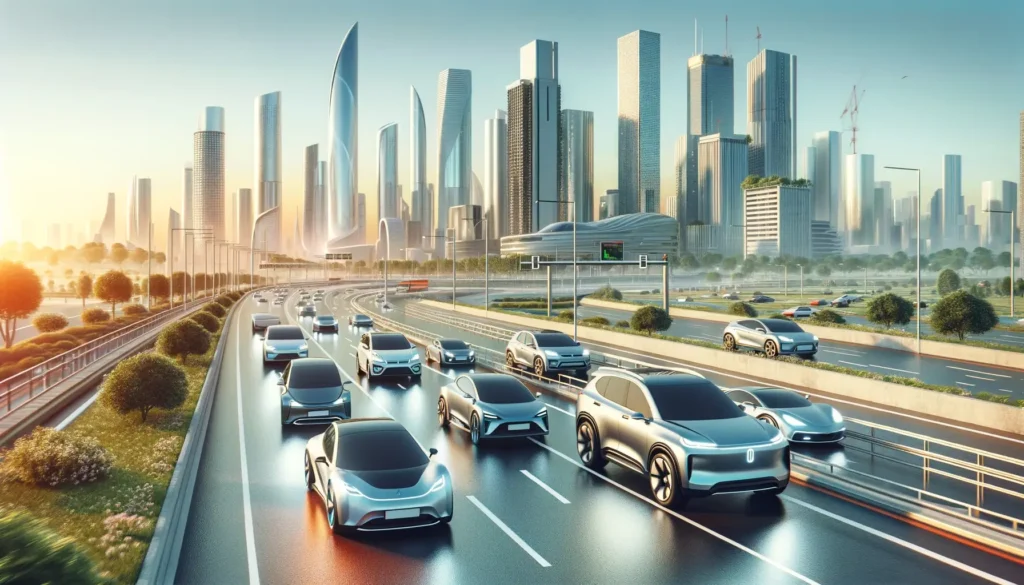Washington D.C., alongside Maryland and Virginia, has embarked on a bold journey towards a cleaner, healthier future. By 2035, every new car, SUV, or pickup registered in the region will be required to be a zero-emission vehicle. This decisive action follows the District’s adoption of regulations mirroring those initiated by California in November 2022. Now, D.C. joins a group of 13 states committed to stringent new vehicle emissions standards.
Diverse Zero-Emission Options
The regulations recognize a range of vehicles as zero-emission, including fully electric (BEVs) and plug-in hybrids. Although gas-powered cars will remain post-2035, mainly due to the used car market, the focus is shifting towards cleaner alternatives. This transition aims to significantly reduce greenhouse gases and other pollutants, promising a future with fewer health risks like asthma.
Regional Collaboration for a Cleaner Environment
Mike Litt of the Sierra Club emphasizes the need for a regional approach, as air pollution and greenhouse gases don’t respect borders. The collaborative effort is expected to enhance air quality across the DMV area and support D.C.’s climate objectives. Projections indicate substantial reductions in various pollutants by 2035, marking a pivotal moment in the region’s environmental stewardship.
Economic and Environmental Benefits of EVs
Electric vehicles (EVs) are not just becoming more affordable; they’re proving to be economically advantageous in the long run. With expected savings of around $10,000 over a vehicle’s lifetime, coupled with declining costs, EVs present a compelling case. The Advanced Clean Cars II regulations, spearheaded by California, will gradually phase in these requirements, starting with 2027 models.
Challenges and Considerations
Despite the clear environmental benefits, challenges such as the current scarcity of charging infrastructure and the upfront costs of EVs persist. Additionally, while EVs drastically reduce emissions during their lifetime, the production process, particularly battery manufacturing, does contribute to their environmental footprint. However, when compared to traditional vehicles, the overall emissions are significantly lower.
The Path Ahead
The journey to 2035 is ambitious and will necessitate concerted efforts from manufacturers, consumers, and policymakers. With EVs constituting a small fraction of current registrations, the task ahead is daunting yet achievable. The growing commitment from various automakers to transition to all-electric fleets signifies a broader industry shift, aligning with the region’s goals.
Final Thoughts
The commitment of Washington D.C., Maryland, and Virginia to a zero-emission future represents a significant stride in combatting climate change and improving public health. While challenges remain, the collective move towards cleaner transportation is a testament to the region’s dedication to a sustainable and healthy future.


